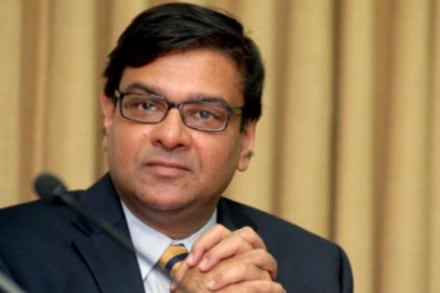Urjit Patel, who in his recent book Overdraft, attributed his rift with the Modi government and resignation as RBI governor before the end of the term to the latter’s soft pedaling on the insolvency code, has been co-opted as a member of the search-cum-selection committee to name the new three government nominees on the all-important Monetary Policy Committee (MPC).
The panel, headed by Cabinet secretary Rajiv Gauba, also includes RBI governor Shaktikanta Das or a deputy governor representing him, Niti Aayog vice-chairman Rajiv Kumar and economic affairs secretary Tarun Bajaj.
On September 22, 2016, the Centre had appointed the Indian Statistical Institute professor Chetan Ghate, Delhi School of Economics director Pami Dua and IIM-Ahmedabad professor Ravindra H Dholakia as external members of the MPC, heralding a historical change in monetary policy-making in India. These three will complete their terms in September. The members of the MPC appointed by the Centre can hold office for a period of four years and won’t be eligible for re-appointment.
Under the MPC approved by Parliament through the Finance Act, 2016, the government formally adopted a consumer price inflation (CPI) target of 4% (+/- 2%) for a period up to March 31, 2021. The MPC with three members from RBI, including governor, who has a casting vote to break a tie, and three external members appointed by the government, decides on interest rates. The flexible inflation targeting is based on the report of a panel headed by (the then deputy governor) Patel. Patel, who was later appointed as RBI governor in August 2016, prematurely quit from the post on December 10, 2018.
Due to the rise in food and petroleum product prices, CPI inflation came in at 6.93% in July, above the MPC target range for the fourth consecutive month.
In February this year, governor Das had indicated that the current MPC framework might be reviewed, factoring in the last four years’ experience.
